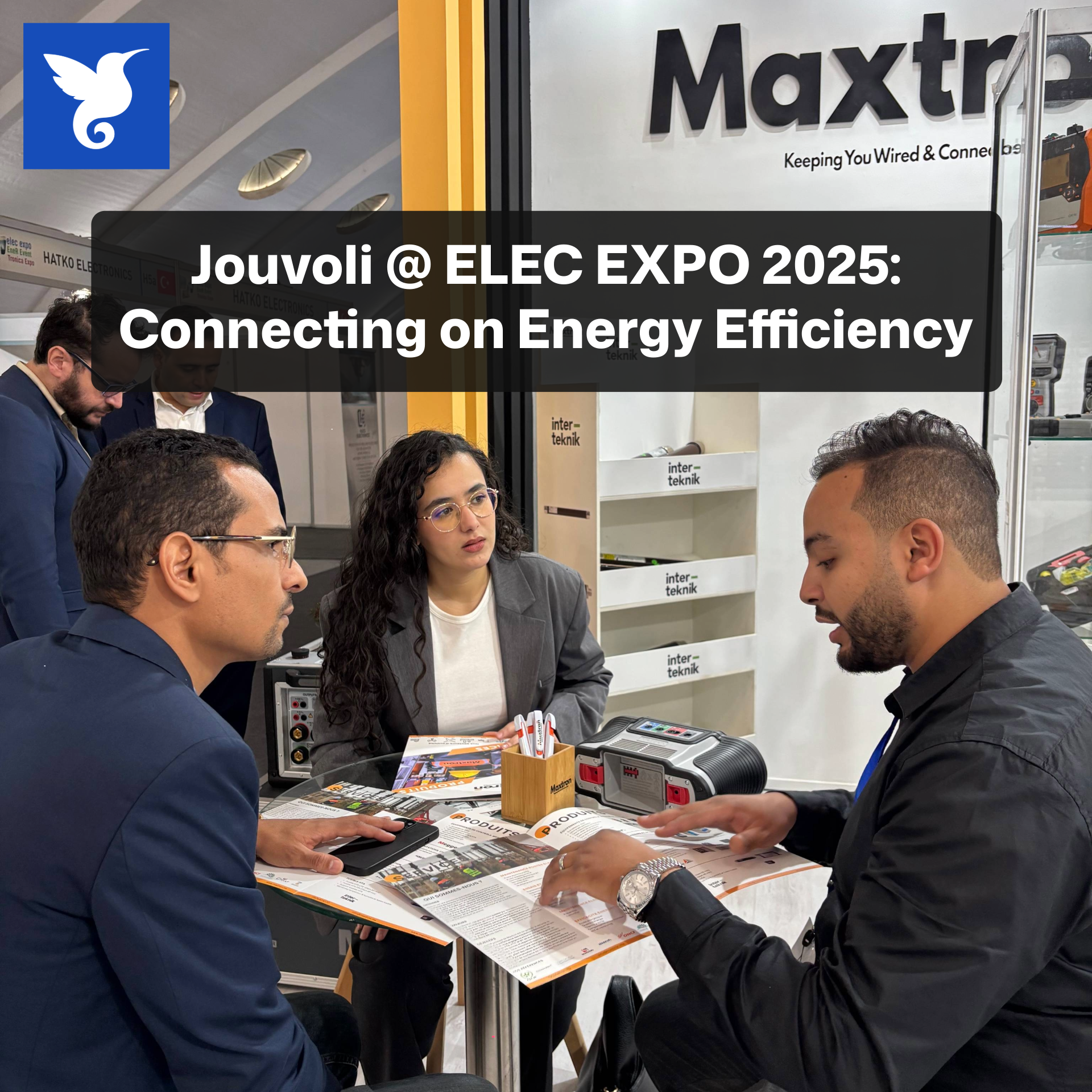Power-to-X (PtX) systems are gaining traction as a promising solution for sustainable energy storage and grid balancing. However, optimizing energy efficiency is crucial for their economic viability and competitiveness. Here are some key strategies that can significantly enhance the efficiency of PtX systems:
1. 🧪 Process Intensification (PI): By integrating and enhancing reaction and separation steps, such as in ammonia, DME, or OME production, energy consumption can be drastically reduced. Multifunctional reactors and sorptive in-situ separation are examples of PI techniques that can halve the energy required in some cases.
2. ♨️ Heat Integration & Heat Pumps: Recovering excess heat (≈15–20%) from processes like electrolysis and upgrading it with high-temperature heat pumps can boost overall PtX efficiency from ~30% to over 60%.
3. ⚡ Electrolysis Technology Choices: Low-temperature PEM/AEL electrolyzers achieve ~64% electrical-to-hydrogen efficiency and supply moderate heat (≈15–20%), while high-temperature SOEC systems may offer superior integration, especially for heat recovery.
4. 🤖 Machine Learning & Advanced Control: Although literature specific to PtX is limited, reviews on power electronics and energy systems suggest that data-driven and model-predictive control can enhance operational efficiency and dynamic responsiveness.
By implementing these strategies, process intensification, heat integration, advanced electrolyzers, and smart controls, PtX systems can become more efficient and economically viable, paving the way for a sustainable energy future.
Discover how Jouvoli can optimize your PtX operations.


